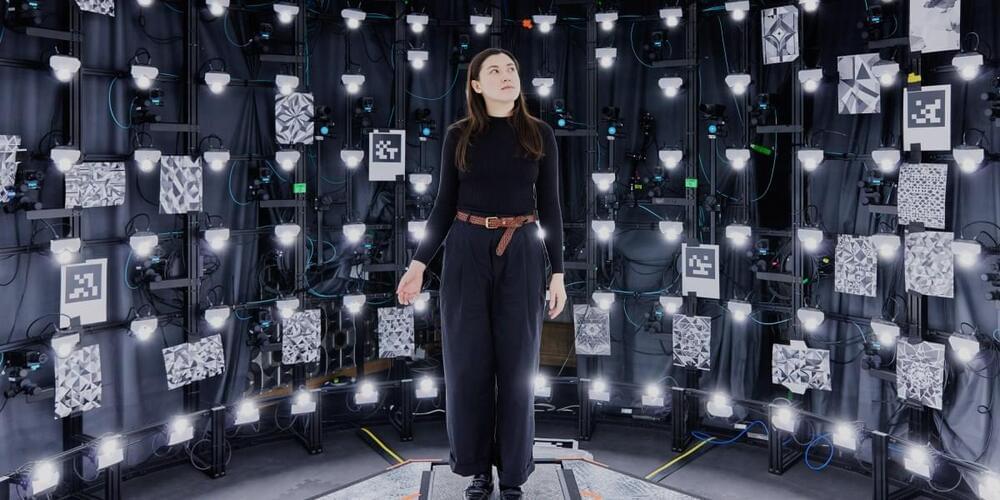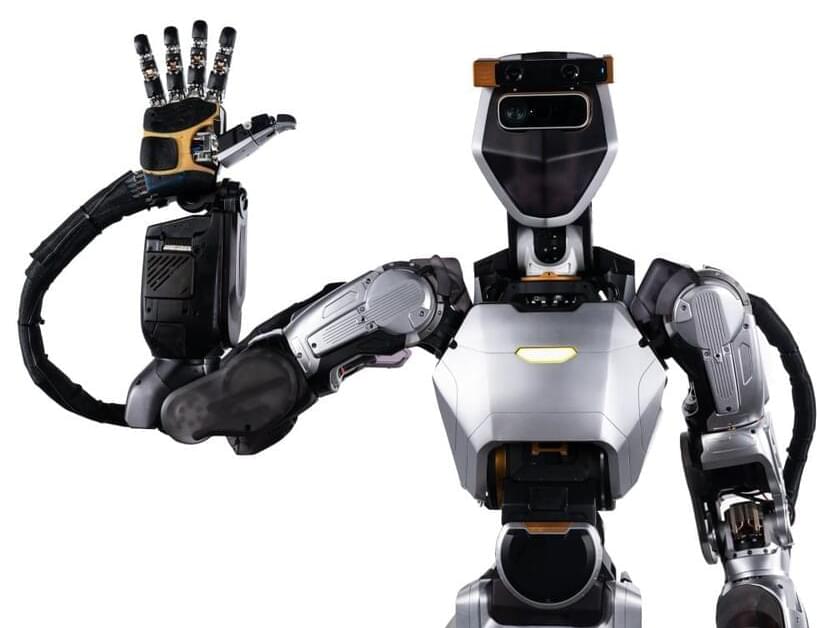Synthesia’s new technology is impressive but raises big questions about a world where we increasingly can’t tell what’s real.





The OpenAI Startup Fund, a venture fund related to — but technically separate from — OpenAI that invests in early-stage, typically AI-related companies across education, law and the sciences, has quietly closed a $15 million tranche.
According to a filing with the U.S. Securities and Exchange Commission, two unnamed investors contributed the $15 million in new cash on or around April 19. The paperwork was submitted on April 25, and mentions Ian Hathaway, the OpenAI Startup Fund’s manager and sole partner.
The capital was transferred to a legal entity called a special purpose vehicle, or SPV, associated with the OpenAI Startup Fund: OpenAI Startup Fund SPV II, L.P.

xAI, Elon Musk’s 10-month-old competitor to the AI phenom OpenAI, is raising $6 billion on a pre-money valuation of $18 billion, according to one trusted source close to the deal. The deal — which would give investors one quarter of the company — is expected to close in the next few weeks unless the terms of the deal change.
The deal terms have changed once already. As of last weekend, Jared Birchall, who heads Musk’s family office, was telling prospective investors that xAI was raising $3 billion at a $15 billion pre-money valuation. Given the number of investors clamoring to get into the deal, those numbers were quickly adjusted.
Says our source, “We all received an email that basically said, ‘It’s now $6B on $18B, and don’t complain because a lot of other people want in.”

Goldman Sachs said in a report late Thursday that Indian food delivery giant Zomato’s quick commerce arm Blinkit is now more valuable than its core food delivery business, as per the bank’s sum-of-the-parts analysis.
The investment bank estimates Blinkit’s implied value at 119 Indian rupees per share ($1.43) or about $13 billion, while Zomato’s food delivery business is valued at Rs 98 per share. Goldman previously pegged Blinkit’s valuation at $2 billion in March 2023.
Blinkit’s valuation surge is driven by its strong growth potential in India’s fast-growing quick commerce market. Goldman Sachs forecasts Blinkit’s gross order value (GOV) to grow at a compound annual growth rate (CAGR) of 53% between the financial years 2024 and 2027, outpacing the overall online grocery market’s projected CAGR of 38% during the same period.

Meta’s move into the open social web, also known as the fediverse, is puzzling. Does the Facebook owner see open protocols as the future? Will it embrace the fediverse only to shut it down, shifting people back to its proprietary platforms and decimating startups building in the space? Will it bring its advertising empire to the fediverse, where today clients like Mastodon and others remain ad-free?
One possible answer can be teased out of a conversation between two Meta employees working on Threads and Flipboard CEO Mike McCue, whose company joined the fediverse with its support of ActivityPub, the protocol that powers Mastodon and others.
On McCue’s “Flipboard Dot Social” podcast, he spoke to two leaders building the Threads experience, director of product management Rachel Lambert and software engineer Peter Cottle. McCue raised questions and concerns shared by others working on fediverse projects, including what Meta’s involvement means for this space, and whether Meta would eventually abandon Threads and the fediverse, leaving a destroyed ecosystem in its wake.

Sanctuary AI often isn’t mentioned in the same breath as humanoid robotics firms like Boston Dynamics, Agility, Figure and 1X, but the Canadian company has been operating in the space for some time. In fact, a new robot introduced on Thursday is actually the seventh-generation of its Phoenix line.
While a recent iteration introduced legs into the line, Sanctuary is most concerned with what’s happening from the waist up. Tellingly, new videos of the latest robot are focused on the system’s torso. The Canadian firm is highlighting the system’s human-like movements while sorting product, as well as the speed with which it can learn such tasks.
Much of the humanoid coverage up to this point has (understandably) revolved around mechatronics — specifically how these robots look as they navigate their way through the world. Boston Dynamics’ recent video is a perfect example of how much can be communicated in a few short seconds.

Advances in generative AI have taken the tech world by storm. Biotech investors are making a big bet that similar computational methods could revolutionize drug discovery.
On Tuesday, ARCH Venture Partners and Foresite Labs, an affiliate of Foresite Capital, announced that they incubated Xaira Therapeutics and funded the AI biotech with $1 billion. Other investors in the new company, which has been operating in stealth mode for about six months, include F-Prime, NEA, Sequoia Capital, Lux Capital, Lightspeed Venture Partners, Menlo Ventures, Two Sigma Ventures and SV Angel.
Xaira’s CEO Marc Tessier-Lavigne, a former Stanford president and chief scientific officer at Genentech, says the company is ready to start developing drugs that were impossible to make without recent breakthroughs in AI. “We’ve done such a large capital raise because we believe the technology is at an inflection point where it can have a transformative effect on the field,” he said.
How AI powered chatbots affect human conversations and the dominance of chat for Generation Z. The future of communications.